
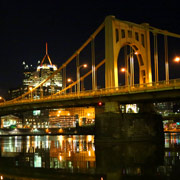
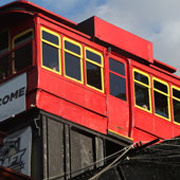

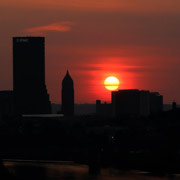
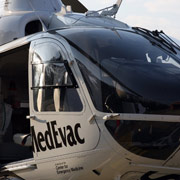
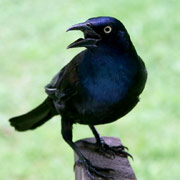
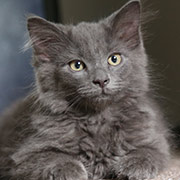
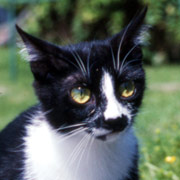
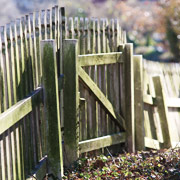

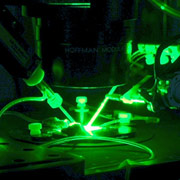


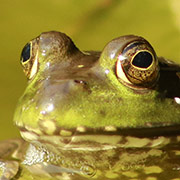




















I was assigned to Beale AFB California after technical training. Beale AFB is (was) home base for the SR-71 Blackbird, and the U-2 Dragon Lady. These aircraft are, of course, legendary and, working on them was an experience like no other.

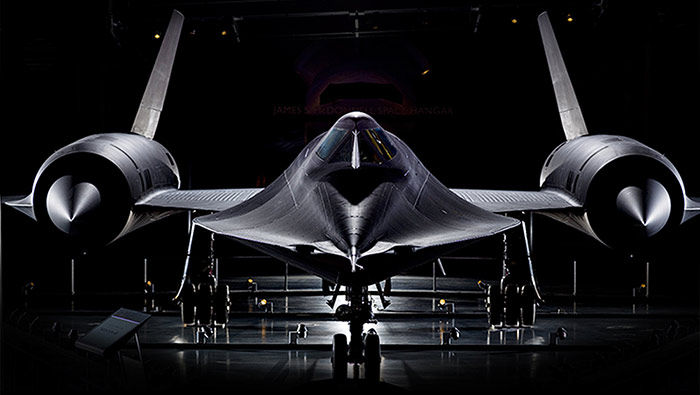
The SR-71 was decomissioned in 1989. Even in retirement it holds the world speed record for an air-breathing aircraft: 2,193 miles per hour. That is 3.2 times the speed of sound (Also known as Mach.) Mach 3.2 was it's cruising speed. The speed of sound varies with things like altitude, temprature and humidity. But no matter what, Mach 3.2 is fast. If the plane went much faster it risked melting the titanium airframe.
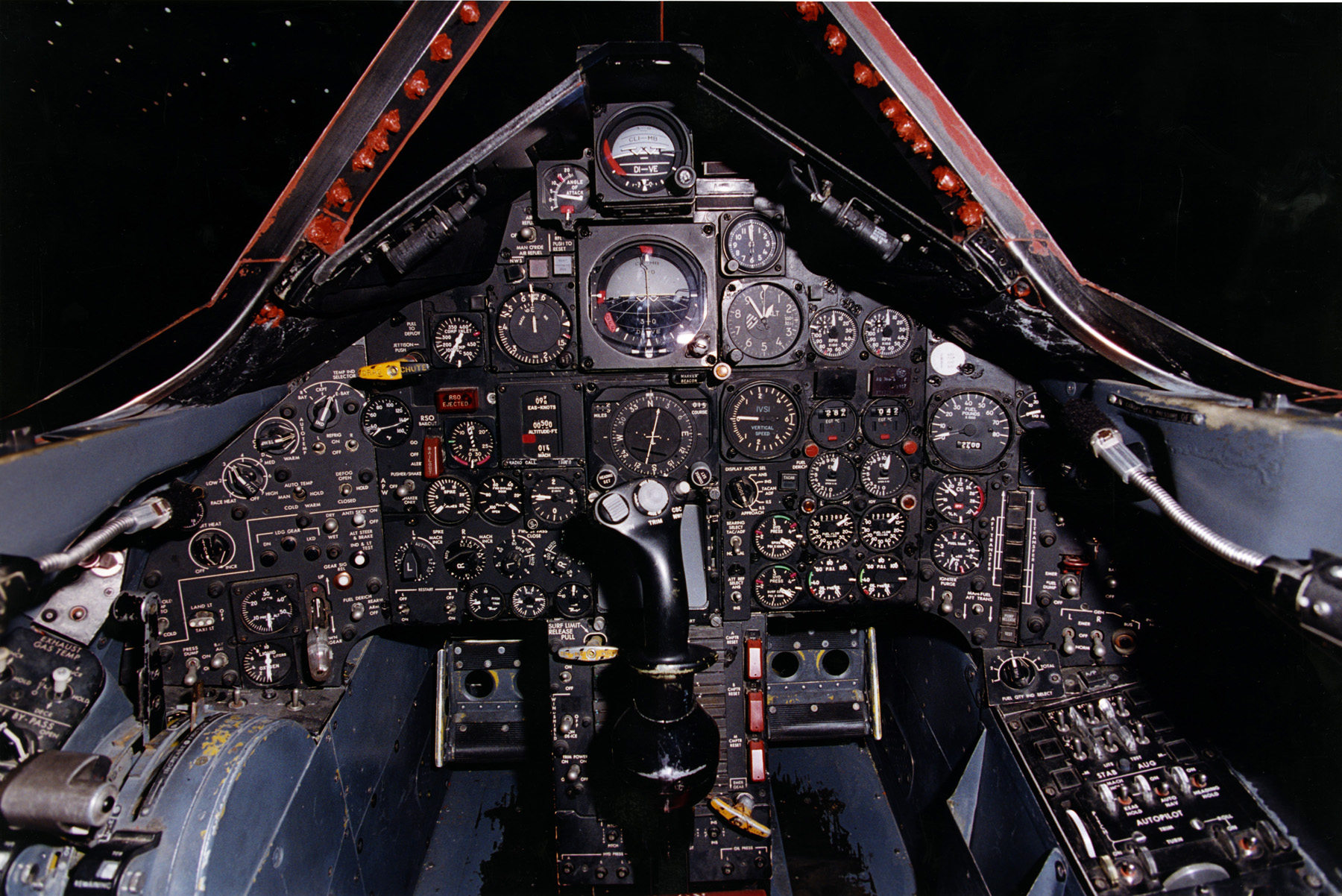 This is an SR71 cockpit
This is an SR71 cockpit
The actual top speed an SR-71 could fly was a tightly-guarded secret. The SR-71 could fly faster than Mach 3.2. I heard someone once declare Mach 3.5 as it's top speed. I guess only someone who worked on it's instrument systems and kept it's altimeters and airspeed indicators calibrated would truly know for sure... As far as I know, if there's anything up there today that can outrun the SR-71, it's still top secret. These extraordinary and legendary airplanes did nothing but fly high and take pictures... It was my job to see to it that they were kept in top-notch condition.
Since being decomissioned in the 1980s, many of the airplane's secrets have been declassified and there have been some fantastic documentaries made about. One of the best I have seen is linked below in the section on Skunk Works. It was my honor and great fortune to have served in support of these legendary aircraft.
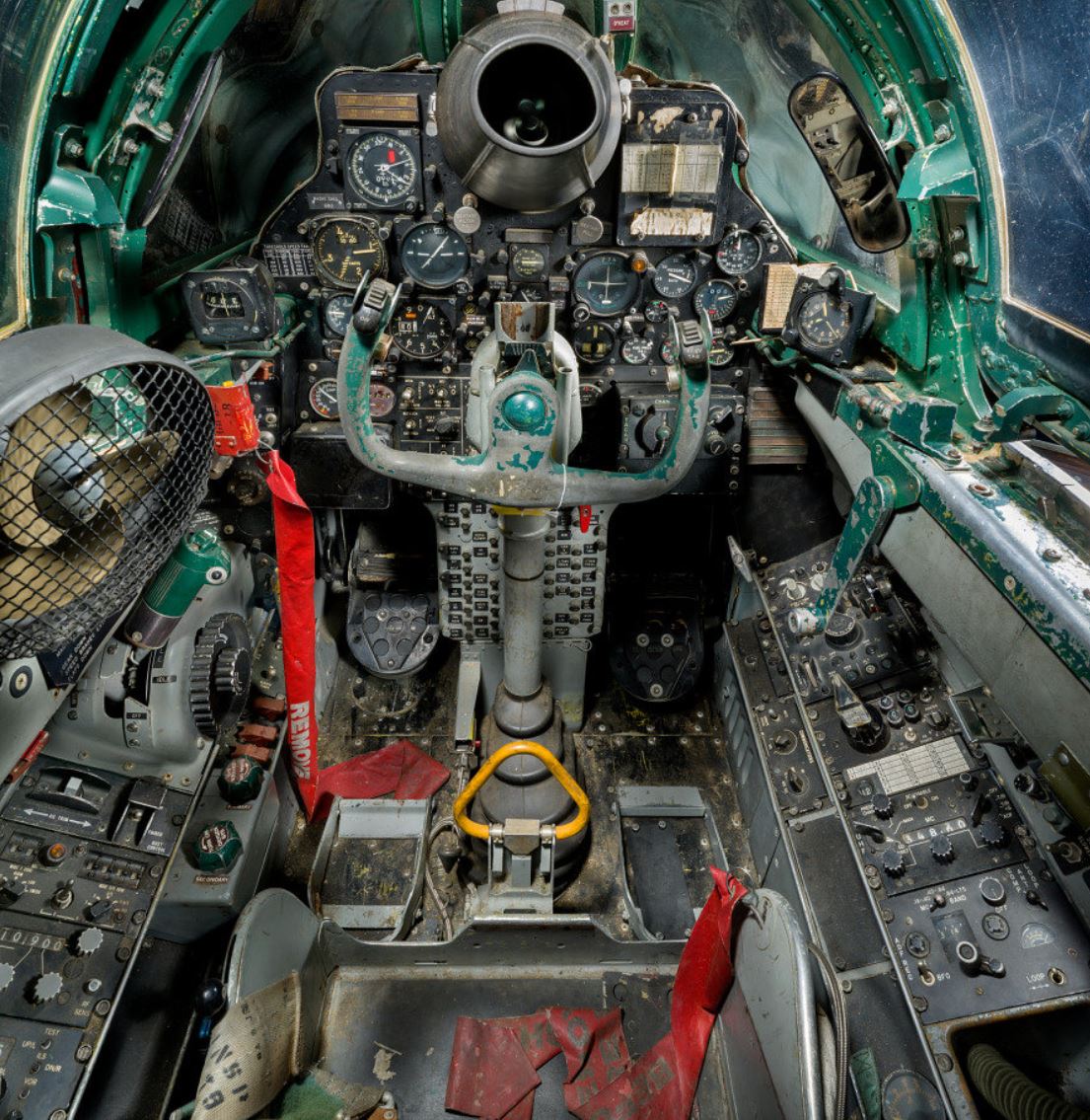
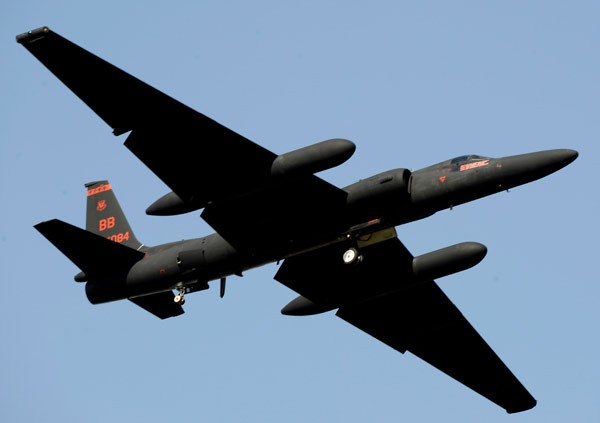
The U-2 was built to be able to fly above 70 thousand feet to avoid enemy radar and to fly above the reach of enemy aircraft and missiles.It carried extremely high-resolution cameras for surveillance and was an extraordinarily valuable reconnaisance tool. Eventually, the Russians were able to build missiles capable of reaching that high and in 1960 a U-2 flown by Gary Powers was shot down. The incident is portrayed in a film starring Tom Hanks titled: "Bridge Of Spies." After this, it was apparent something that could fly higher and much faster would be required. This need led to the development of the SR-71.
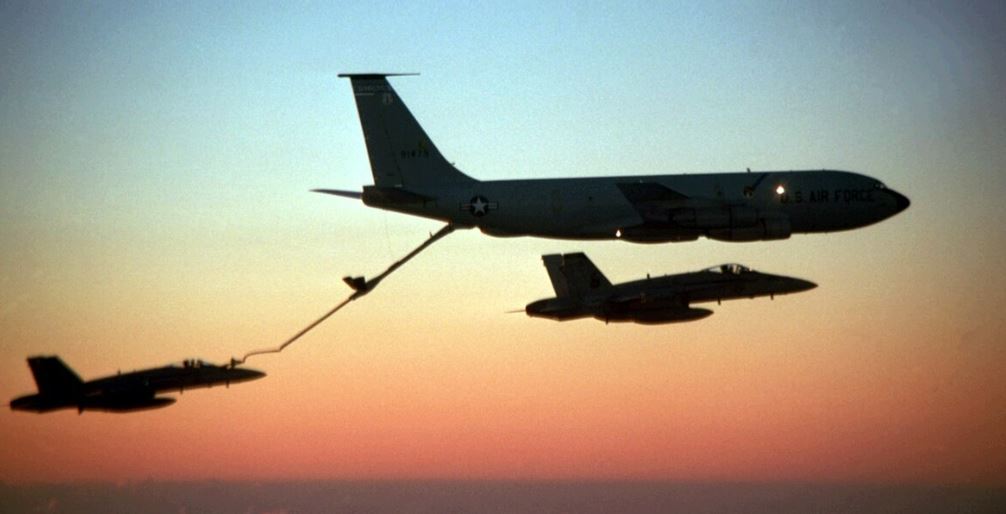
Beale had a considerable number of KC-135 StratoTankers equipped to provided aerial refueling. In addition to these airplanes there were a dozen or so T-38 Talons. I wanted to fly the T-38s more than I wanted to fly the SR-71. They are some gorgeous airplanes.
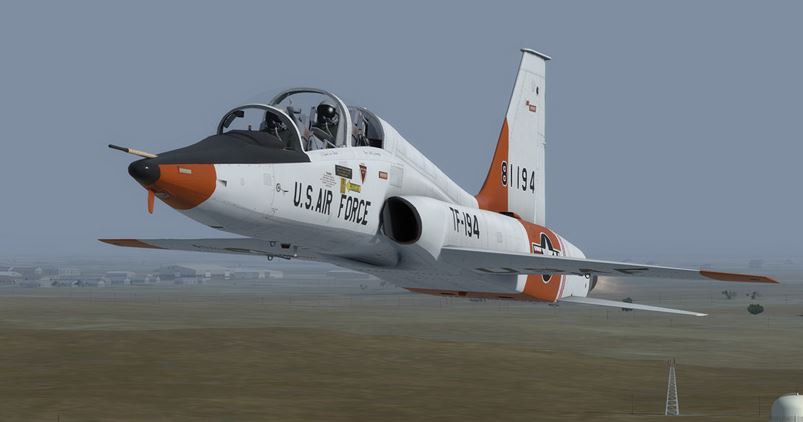
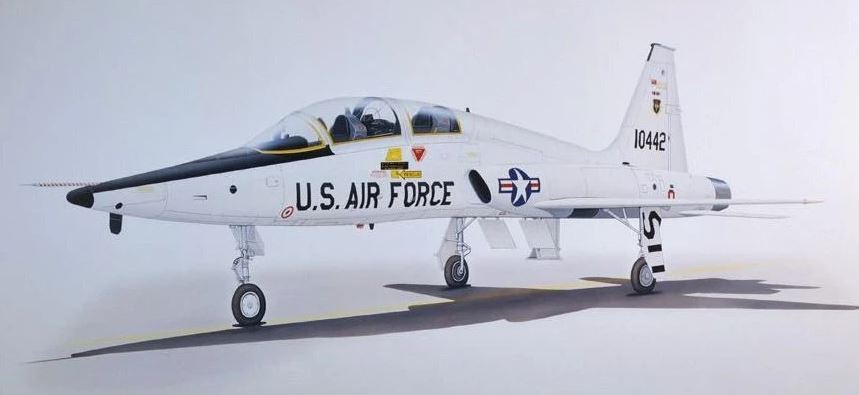
This plane is my favorite. It is the trainer version of an F-5 and to me, it just looks the way a jet fighter is supposed to look. I sure would love to go fast in one of these.
The Skunk Works is a real place near Palmdale California. Some of you might recall they ran a turkey farm out in back of Palmdale. The Skunk Works was not Area 51. Area 51 is for testing highly secret aircraft. The Skunk Works is where engineers designed and developed the airplanes. Many top-secret projects were developed there. Three of those projects touched me personally: The SR-71; The U-2; and the P-80. I worked on all three of them and even got to fly a T-33 which—-as everybody knows—-is the trainer version of a P-80. There's a story about my flight somewhere below.
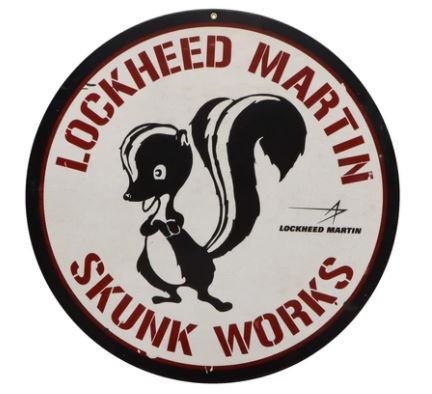
Anyway, Skunk Works got it's name because it was set up next to a plastic factory and it stunk pretty bad. If you have any interest, I highly recommend watching The Lead Developer Skunkworks video. I found it to be well-researched and even I learned things I never knew.
Kelly Johnson is the engineer who designed the SR-71; U-2; and P-80. It might be worth noting that Kelly Johnson is on record claiming to have seen an Unidentified Flying Object once.
Everyone always shows a clip of an SR-71 when they talk about alien spacecraft. I never saw anything that I thought looked alien. It was the first plane I ever heard of that had astral navigation, an extreme technology. Also, very top secret. The nav shop was just down the hall from mine but, I was never allowed inside, it was strictly off-limits.
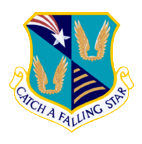
After two and a half years at Beale The Air Force offered me a tour at Hickam. For those of you who don't know, Hickam is right next to Pearl Harbor Naval Base. They told me I would have to extend my enlistment another two years to take the assignment. I would no longer be working on the SR-71 but, I'd be in Hawaii. It was a difficult decision. I took the orders and my responsibilities became to maintain JC-130H Satellite Catchers; HH53 helicopters; and T-33 Shooting Stars.
The 6594th Test Group was established in 1958 to support U.S. Air Force Systems Command missile and space development operations in the Western Pacific area.
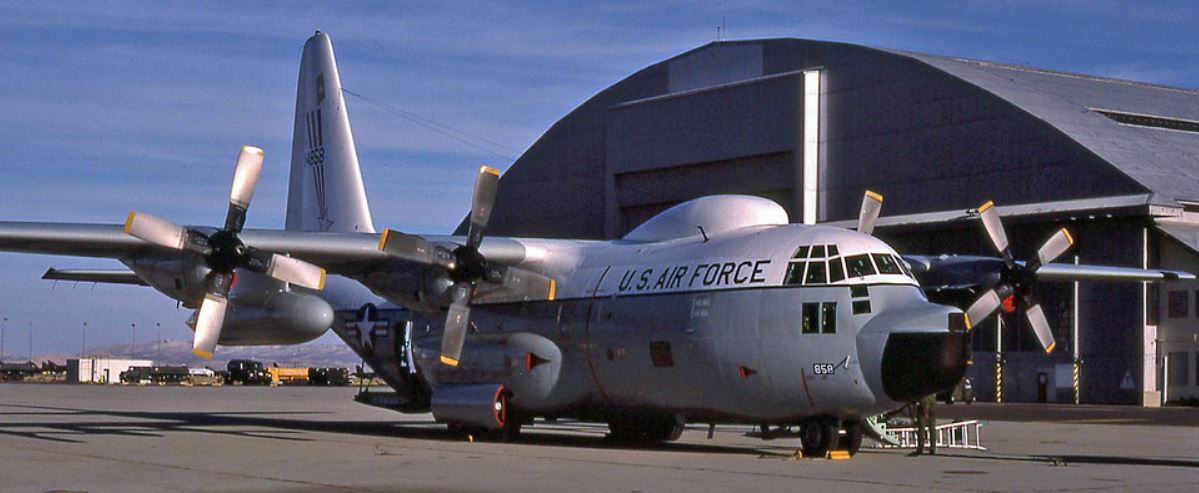
C-130s are pretty common but, these models had an interesting feature: They were equipped to capture satellites out of the air as they fell to Earth. As part of Corona, America's first reconnaissance satellite program, the JC-130H and HH53 helicopters were essential for retrieving film cannisters ejected from the satellites.
One night I went out to replace an altimeter on a U-2 that was in a hanger for inspection and maintenance. The ejection seat had been removed from the aircraft so I only needed to lower myself onto my back and slide under the instrument panel to get to the altimeter—a relatively easy job. As I was entering the cockpit I grabbed a piece of metal tubing to help lower myself into the cockpit. As it turned out, the piece of hardware I grabbed was connected to a mechanism used to trigger the egress system. Normally, the piece would have been fitted with safety pins and streamers indicating danger and locking the strut in place. This wasn't a normal situation, however. A crew chief had removed the safety pins for use in a live aircraft. When I grabbed the strut, it rotated a couple degrees and clicked... A half second later an enormous explosion occurred. Ejection seats consist of more than just the seat itself... There are thrusters that explode to blow the canopy off of the aircraft. In the picture at the top of this page you can see the brackets that hold the thruster in place. The top bracket is connected to the cockpit. The lower bracket is attached to the frame of the aircraft. In this picture the thruster is not installed. I am very lucky to have survived the incident. I met Captains, Majors, Colonels, and a General that night as word spread and everyone showed up to see what I had done to their expensive airplane. So, anyway, I'm that guy.
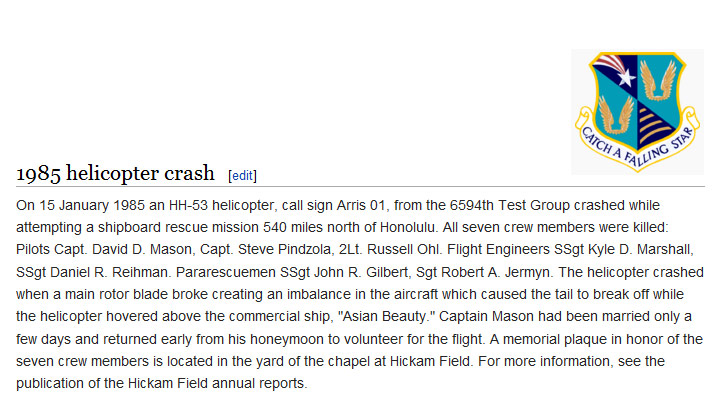
One Friday night, I was getting ready to close the shop and start my weekend when a call came in that required me to go out and troubleshoot an HH-53 helicopter that was malfunctioning. I determined pretty quickly that the problem was a faulty wiring harness that connected to a gyroscope mounted in the rear of the aircraft. These wires were corroded to such a degree that I could actually see sparking within the wiring leading to the goroscope. Repairs of this nature were carried out in a hangersuch as this would require the helicopter to be towed to a hanger and partially disassembled. However, because the helicopter had to fly out at first light for a rescue mission, I was ordered to make the necessary repairs there on the flightline.
I entered several red-Xs into the aircraft records to indicate the aircraft was not safe to fly and then went to assemble a wiring harness to replace the defective one... A wiring harness is no small deal. Aircraft wires are numbered... Each wire must bear the correct number. That means someone has to look up all the numbers and then print the numbers onto the wire using a hot iron press. Once numbered, the wires were stripped and soldered into a Cannon Plug. Since these were sheilded wires there were two solders for every wire. Somewhere around 4:00 am I headed back out to the flightline.

This aircraft was going out at first light and, the only way that was going to happen, is if I would be able to graft in a new section of wiring harness. Typically, no one would ever splice shielded cables. There is no acceptable way to splice sheilded cables. You just wouldn't do it. I did it that night. Removing the old harness was terrifying. Here I was taking a pair of sidecutters and cutting through the navigation system wiring harness. This was probably around 5:00 a.m. and the Sun would be up really soon. There was no turning back after this. The job of splicing in the new harness went well and I was starting to clean up when the flight crew and emergency rescue crew showed up. They got to work on their pre-flight and, within minutes they had the engines on and started hovering. I asked the pilot how the ADI was working and he seemed satisfied that the system was functioning. he gave me a thumbs-up, I saluted, and jumped off the back ramp with my toolbox. The helicopter flew out to sea. The Sun wasn't even up yet. I went home to get some sleep.
Later that day, I got the news that a helicopter on a rescue mission had crashed into a ship while carrying out a rescue. The crash killed everyone on board the helicopter and two people on the ship.
Technically, I did everything wrong that night... I worked well beyond the number of hours a technician is permitted. I spliced shielded cables knowing that was not an approved maintenance action. I was not able to conduct any sort of required tests on the system prior to flight. I signed off my own safety of flight actions (Red Xs) in the aircraft maintenance forms. All of these things are unforgivable but, in the heat to get something important done, you cut the corners you have to cut.
Eventually, the cause of the crash was revealed to be a failure to pack tail rotor bearings with grease during a recent maintenance reassembly. It turned out the accident wasn't my fault but, it certainly could have been.
The plane I flew was actually a T-33 – the trainer version of the P-80. Same plane but, modified to carry a second pilot in the back seat. Even for an hour-long joy ride I had to complete several day's of training on how to operate the ejection system, how to land in a parachute, how to operate the radio equipment, and how to survive in open ocean water should anything go wrong. The day of the flight I was outfitted in a Nomex flight suit, helmet and mask and strapped into the cockpit. Hickam Air Base shares a runway with Honolulu International. That's where we took off.
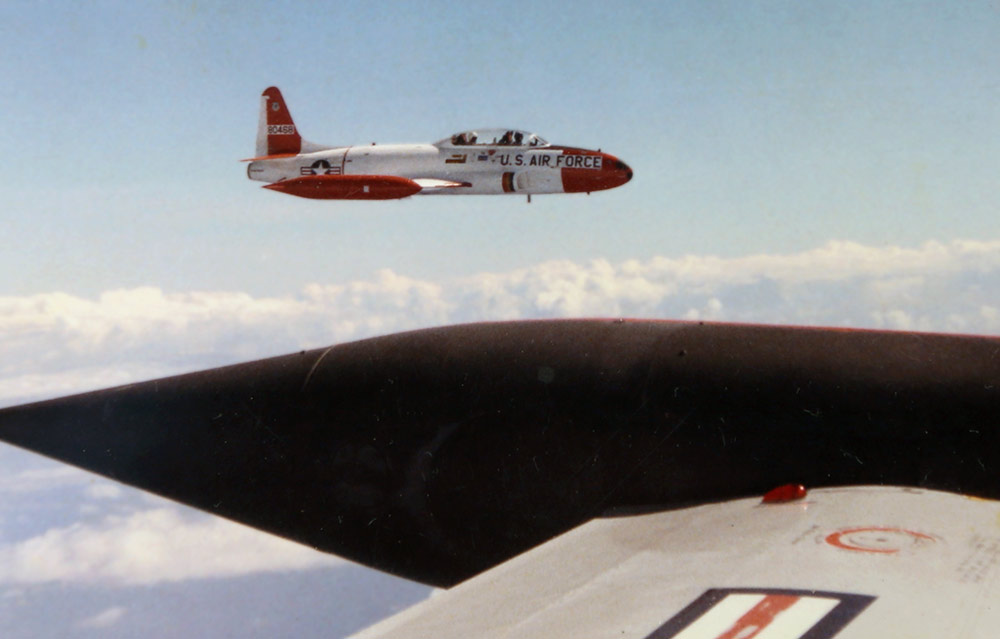
We climbed rapidly to flight level 160 (this is the cool way to say 16 thousand feet.) We did the sort of things you would expect: dives, rolls, loops and various maneuvers clearly intended to make me throw up in my facemask.. A loop requires a steep, high-G climb that tapers off to 1 G at the top of the loop. Pulling one gravity is just like sitting in your chair at home. Except, we were upside down. I looked up–-which was actually down-–and the Pacific Ocean was there above (below) me shining in the afternoon Sun... It's not like anything else.
During a jet flight such as this you will often find yourself hanging upside down in your harness or, even feeling negative Gs. Frequently, you will pass through states of weightlessness and all the little bits of dust and debris that have collected behind the instrument panel float up and hover in the cockpit. I remember seeing a paper clip at one point and thinking: "that's gonna be trouble."
So, the good part: The pilot, Joseph Culter, hands the controls over to me. There I am, with the joystick of a fighter jet in my hand. I knew what all the instruments were and what they indicated. I also had a fairly good idea of how the plane is supposed to be flown so, I tried to fly the airplane flat and level and see what it took to do that. Well, eventually things drift and you begin to have to make adjustments to altitude, attitude, airspeed, angle of attack, vertical velocity, all while trying to maintain your horizontal situation. Aside from a little "porpoising" I kept it level and on course. After the flight the pilot said I was the first person he had ever taken up that actually flew the airplane instead of just yanking the stick to see what would happen. I was really proud to get such a compliment.